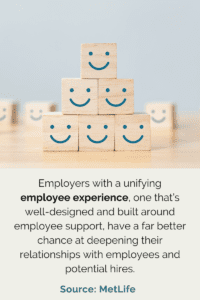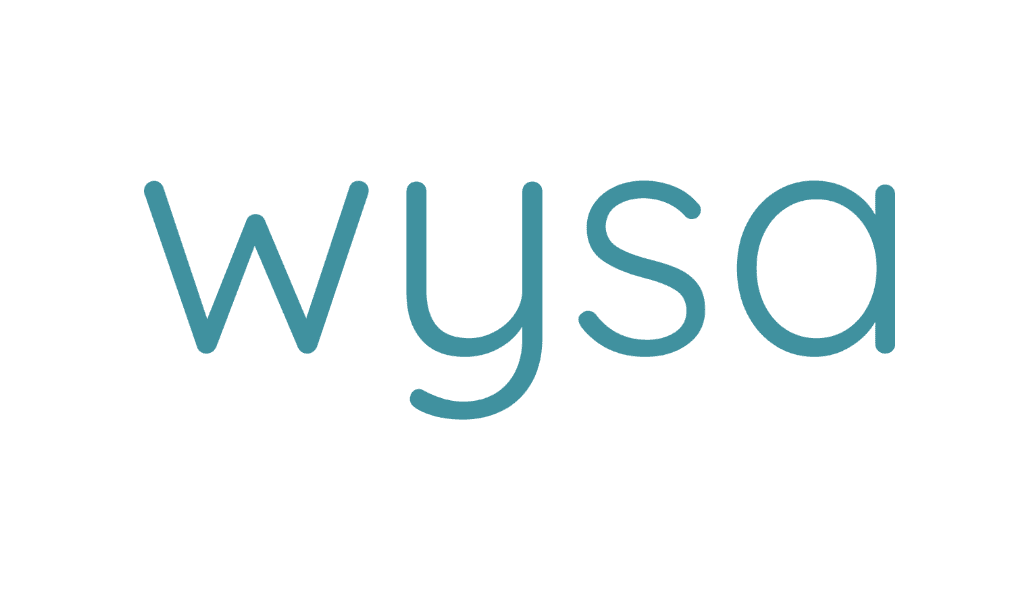Strategies to leverage in 2023 in order to acquire the best of the talent pool.
By Zee Johnson
It’s been a turbulent few years for employees and employers alike: a global pandemic, lockdown, and isolation; a war; rising cost of living and inflation; and now a potential recession. All of these market forces have produced unprecedented HR obstacles.
“2022 saw one of the greatest market challenges we’ve experienced in some time. The difficulties in retaining employees and attracting talent were considerable, with budget-busting actions to retain and hire the right people,” says Fiona Doyle, Senior Vice President – Talent Management at Cielo. “As we approach the end of the year, we’re seeing that change considerably as economic challenges force companies to reign in their spending and in many cases lower their costs.”
Such macroeconomic pressures may even lead to a multi-country recession in 2023. Doyle says organizations can turn these possible negatives into positives by focusing on several different areas of their 2023 talent management agendas:
Workforce Models
With uncertainty in the air, agility is necessary for 2023. “Companies can use this time to revisit their workforce models to build in a greater level of flexibility,” she says.
Workforce models can remain agile by enlisting these strategies that Doyle suggests:
- Hire additional temporary sources to handle labor costs.
- Leverage the thriving gig economy for project work and to gain short-term niche skills.
- Implement flexible hiring solutions to better manage the ebb and flow of a recession.
Given the current environment, a top priority for leading organizations is curating a fulfilling employee experience—and rightfully so. A new MetLife report found that employers with a unifying employee experience, one that’s well-designed and built around employee support, have a far better chance at deepening their relationships with employees and potential hires.
Going into 2023, organizations are even more conscious about putting their best foot forward in the talent market—and an exemplary experience from start to finish is a sure way to grab a candidate’s attention. “For new hires, the quality of the onboarding process with high engagement from the beginning will make the difference in creating connection and therefore greater success at an early stage,” explains Doyle.
A compelling employee experience, according to the MetLife report, supports the whole employee, meets divergent employee needs, and satisfies ever-rising worker expectations–so tackling this issue is of utmost concern. “Companies need to consider how they can implement systems and benefits linked to employee well-being that can provide support to employees, not just to get the best out of them but as part of corporate social responsibility,” she says.
Employee Well-being
Market shifts are bound to occur and candidates in the evolving talent pool require different things, like a strong sense of belonging and emotional and mental support. “Employees want and expect to work for empathetic and authentic leaders and as we know, leading through challenging times can lead to a more directive style of leadership that will not inspire teams and leads to disengagement,” Doyle says. “As we face economically challenging times, leaders need to be able to support their teams through this while ensuring the results are delivered to meet the company needs.”
Kirsten Mayer, Senior Vice President – Global Talent Acquisition and Development at Cielo, says flexible work that offers support at different stages is another major part of the employee experience. “Flexible work programs are key,” she says. “To support inclusion and performance, companies need to find a solution that fits different concepts of life and employee priorities.”
Technology Assessments
In recent years, HR technology has been a powerful enabler for talent acquisition and management. It allows organizations to uncover efficiencies and seek future gains. “Leveraging technology to improve the experience is critical as we grow our businesses, and users are expecting more when it comes to their experience as candidates and employees,” says Elaine Orler, Managing Director – Consulting at Cielo. “Technology today has the ability to foster improved experiences through the right implementation and configuration expectations.”
But as the workplace evolves, it’s important to keep an eye on the why behind the technology—from then to now. “Take a look at the decisions that were made when the solution was first put in place and if those are still the driving reasons today,” she says. “Expand the relationship with your suppliers to incorporate the newest release capabilities of the systems you have before you look to purchase more solutions from the market. Take time to listen to your users about what is and is not working for them, and use that information to inform your solution provider of product enhancements.”
By executing strategies that give employees the most fulfilling experience possible, companies can get through the toughest of times while retaining key talent and staying on target with goals.















